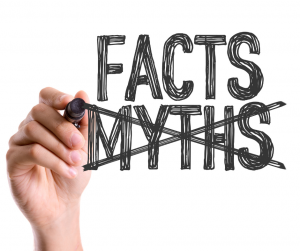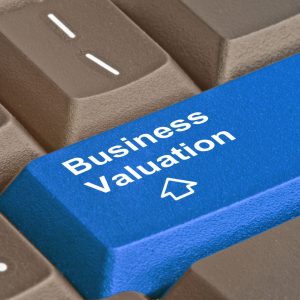Selecting the right profit measure

An important step when selling your business is selecting the right profit measure. But how do you know which one is appropriate for your business? You may have heard the acronyms NPBT, NPAT, EBIT and EBITDA floating around, but do you know what they mean? Let’s break down the most common profit measures and when and why they are used when determining a business sale price.
Selecting the right profit measure for your business
● NPBT (Net Profit Before Tax)
This profit measure is most commonly used for reporting purposes, noting the ongoing profit of a business and is less commonly used when evaluating a private business.
● NPAT (Net Profit After Tax)
Like NPBT, this profit measure is also commonly used for reporting purposes, noting the ongoing profit of a business and is less commonly used when valuing a private business.
● Net Profit to Proprietors
This is the profit of the business before paying any wages to the owners, and also doesn’t account for depreciation and finance costs. This profit measure is often used to value a small business, but it comes down to the size of the business and the buyer’s situation. These size businesses are often referred to “buy yourself a wage” type businesses. If the buyer is planning on both owning the business and working within the business, then this profit measure is of interest – as it details the net profit before owner wages (and since the owner is collecting the profit AND the wage, it all adds together as the total income for the owner). A great portion of Australian businesses under 1 million dollars use this profit measure when valuing their business in preparation for sale.
Now we branch into an investor mindset. Both EBIT and EBITDA apply to buyers who are not necessarily interested in actively working within the business itself (instead, employing a management team to manage the business on their behalf) or will replace the function of the current owner but draw a market relate wage for the function performed.
● EBIT (Earnings Before Interest and Tax)
Both EBIT and EBITDA are most commonly used when valuing larger enterprises. Both of these profit measures calculate earnings after all salaries and expenses. This helps to identify the cash flow of the business. Depending on the industry, EBIT is more applicable as the “DA” can be relatively small and insignificant expense.
● EBITDA (Earnings Before Interest, Tax, Depreciation and Amortisation)
Both EBIT and EBITDA are most commonly used when valuing larger enterprises. Both of these profit measures calculate earnings after all salaries and expenses and also help to identify the cash flow of the business. EBITDA includes depreciation and amortisation, which essentially mean similar things. Depreciation applies to plant and equipment (tangible assets). Whereas amortisation applies to leasehold and other intangible assets such as goodwill and intellectual property rights. Businesses that apply the “DA” to EBIT, forming EBITDA generally have significant depreciation/amortisation that is applicable (such as a car rental company) whereas ignoring these areas would deem the profit measure to be inaccurate. It is however sometimes appropriate to allocate a depreciation expense over the expected life of the assets which would need to be replaced eventually.
If you’re considering selling your business, we have great news for you – you don’t need to be selecting the right profit measure all by yourself. Our experienced team of business brokers have extensive knowledge of the appropriate profit measures and will use the most appropriate one when determining the sale price of your business.
Contact the team at Core Business Brokers today to schedule an initial discussion about your business sale. From finding the right profit measure to preparing you for the sale process; we’ll take you through your business sale journey from start to success. Call us on (02) 9413 2977, or email Roy at [email protected] or Rad at [email protected]







